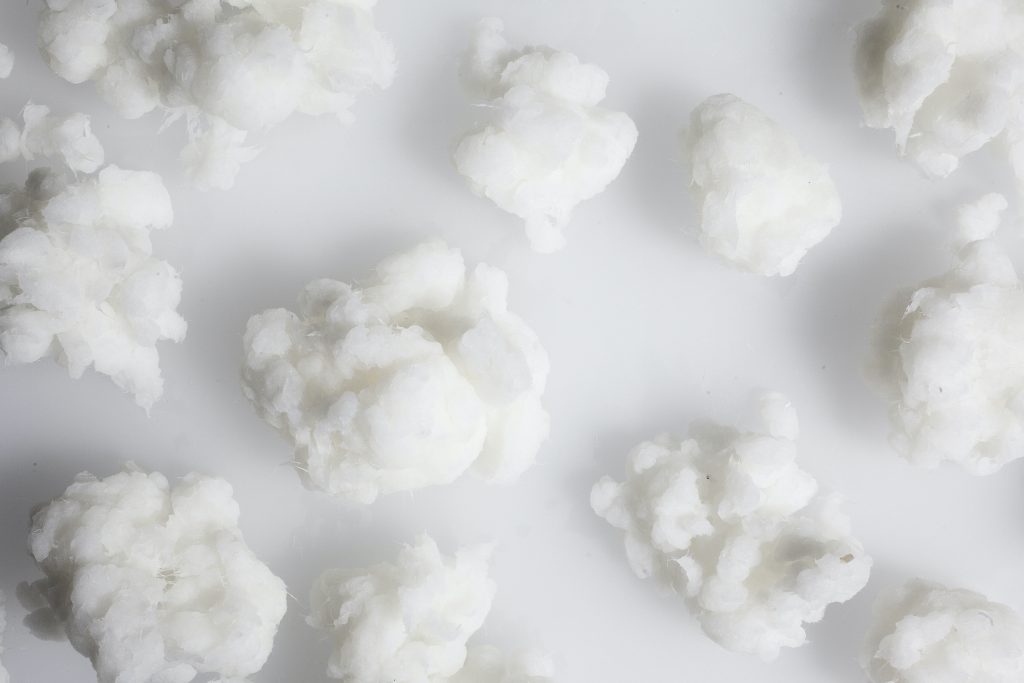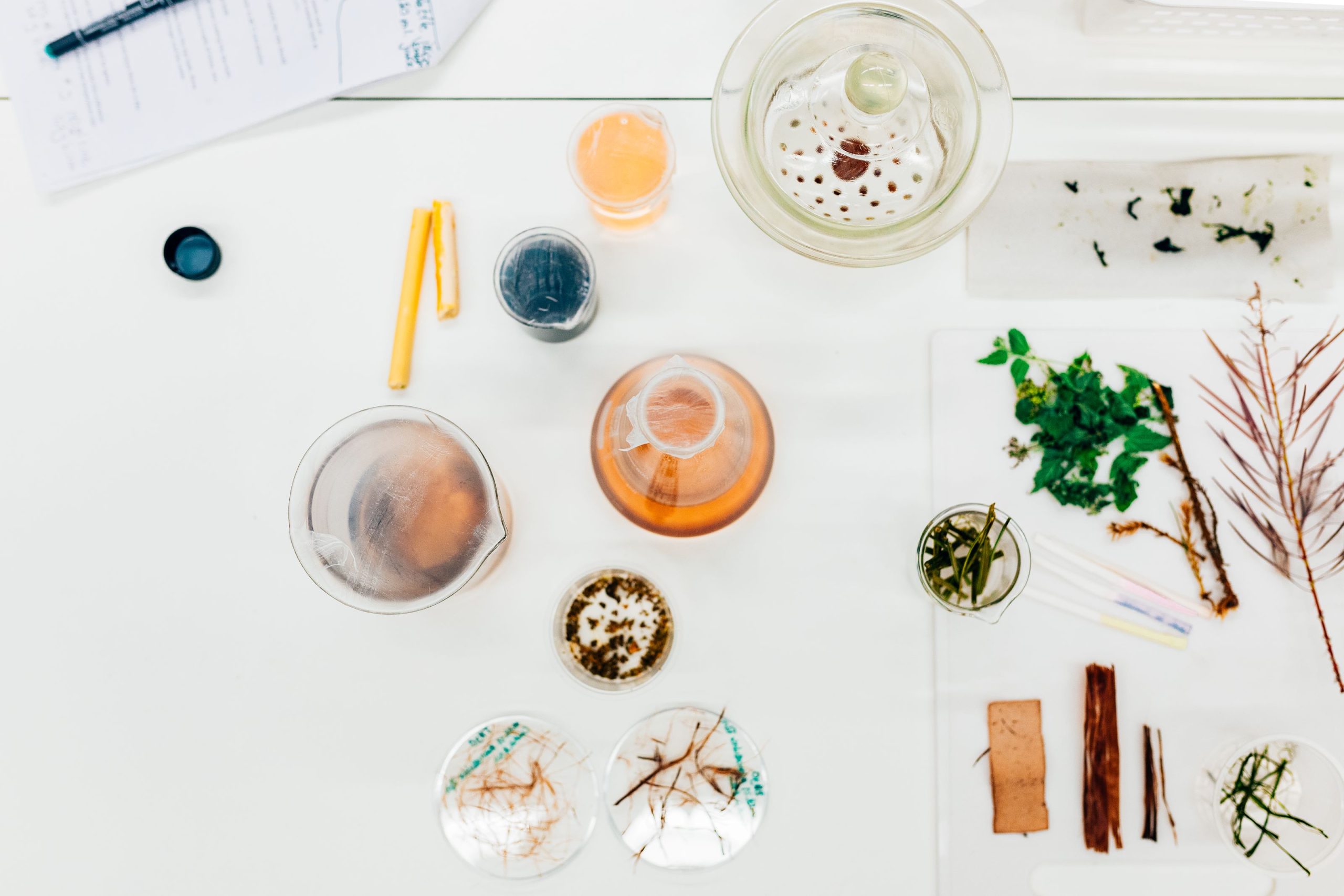Cellulose is the most abundant organic polymer found in nature and is mainly produced by plants, but also by bacteria and algae. It is a structural component of plant cell walls, which is considered sustainable, renewable and multifunctional. Due to its abundance, biodegradability and chemical tunability, new material sources and methods of using cellulose have become an active research topic besides the traditional wood-based products. In addition of being used for traditional pulp, paper and packaging, cellulose has a great potential as a sustainable and recyclable material. Already now cellulose is used for textile fibres and various cellulose derivatives such as methyl cellulose or carboxy methyl cellulose are an essential part of our everyday life as food supplements and pharmaceuticals.
Plants contain also other valuable materials, for example lignin and hemicellulose.
In addition to these cell wall polymers, plants contain several other substances for photosynthesis (chlorophyll), energy storage (starch, sugars, fats), biological defence (terpenes, terpenoids, phenols), and attracting pollinators (sugars, colour pigments). However, sustainability principles need to be considered whenever foraging raw materials from nature, even is a small scale.
Read more of these materials from The CHEMARTS Cookbook.
The emerging field of biodesign is using biological processes to grow materials such as bacterial cellulose or mycelium-based fungal materials. In the coming years, synthetic biology and lab-grown materials might change our perception of materials and their production and use.


